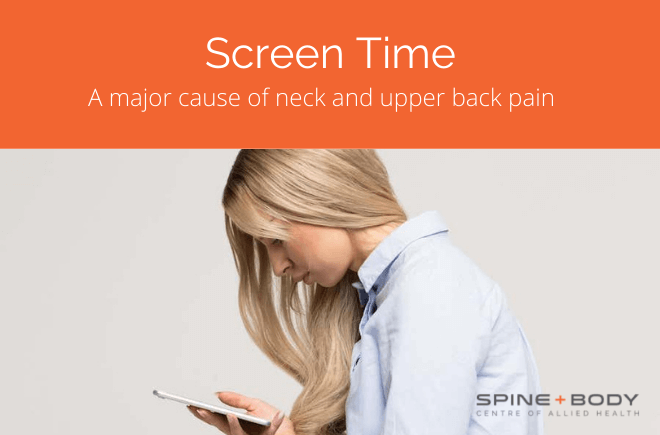Is exercise really the best medicine?

By Peter Georgilopoulos, APA Sports Physiotherapist, Spine + Body Gold Coast.
The scourge of the obesity epidemic confronting developed nations globally has led to a concentrated effort by governments and health agencies to implement strategies combating declining health outcomes. The primary driver behind a multitude of promotional campaigns and increased funding to encourage healthier living behaviour has undoubtedly been the exponential increase in government health expenditure and the exposure of private health providers to unwieldy future costs as more people develop type II diabetes and undergo joint replacement surgery.
The central message highlighted by numerous agencies including Diabetes Australia, The Heart Foundation and Arthritis Australia amongst others is that regular exercise forms an integral part of the central strategy to reversing deteriorating health outcomes.
Without question, this position needs to be supported entirely at every level of government and within health delivery services as research evidence strongly supports exercise as a cost effective and clinically preferred option to drugs or surgery.
The problem that emerges however, is that whilst this may be true as a general public policy directive, it may be counter- productive in managing and effectively treating specific joint, muscle and spinal pain. More often than not, this pre- formulated approach to treating common conditions such as acute back or neck pain, arthritic joint pain and impingement syndromes such as rotator cuff syndrome does nothing to address or correct the specific mechanical causes of the problem. Exercise is often the first option [and in many cases the only option] used by well -intentioned physiotherapists and other manual therapists in place of, rather than in conjunction with, specific clinical techniques and processes to firstly correct the underlying causes of pain and dysfunction before embarking on exercise to restore pain-free movement.
If this sounds rather confusing, consider the following example:
Let’s consider a common problem such as gradual onset shoulder pain which may have emerged innocuously some months ago for no identifiable reason but which may have worsened to a level that now restricts movement above shoulder height and causes pain at rest. There may also be some degree of pain or restriction of the neck and between the shoulder blades. A provisional diagnosis of “rotator cuff syndrome” is made by a health professional based on a clinical assessment which may or may not include scans or further investigations.
What is often overlooked in such a scenario, is that whilst there may be specific identifiable impingement signs involving the rotator cuff, the role of progressive stiffness in the neck and upper back which has irritated nerves in the neck and upper back and incrementally tightened the muscles of the shoulder and upper limb may be entirely missed.
What happens next will determine how effectively this problem is managed and how long it takes to resolve. Often, the patient may be prescribed anti- inflammatory medication or analgesics to alleviate pain and inflammation. The medication may work well to reduce symptoms but will have no effect in correcting the underlying cause of the problem. Next, the patient is often prescribed a series of exercises presumably to “correct “the problem. Unfortunately, without first undertaking specific corrective techniques using manual therapy, spinal mobilisation and capsular joint releases to restore pain free movement, any exercise is likely to exacerbate rather than correct the problem and will more than likely extend the time taken to full recovery.
To use an old term, it is important to “ put the horse before the cart” – it is necessary to undertake specific manual therapy techniques to objectively measure and restore a full pain-free range of movement before commencing on prescribed rehabilitation exercises. If structures are inordinately restricted and symptomatic, they need to be mobilised or stretched before strength work or joint loading is undertaken.
Exercise is an extremely important component in achieving and maintaining better health – knowing when to introduce exercise is just as important as knowing what exercises to undertake .
Book your appointment with Peter Georgilopoulos at Spine + Body.




